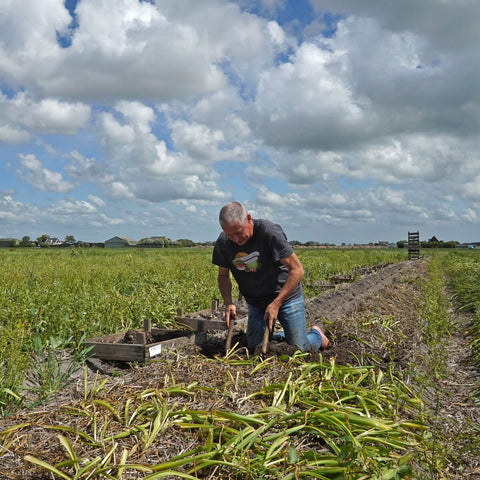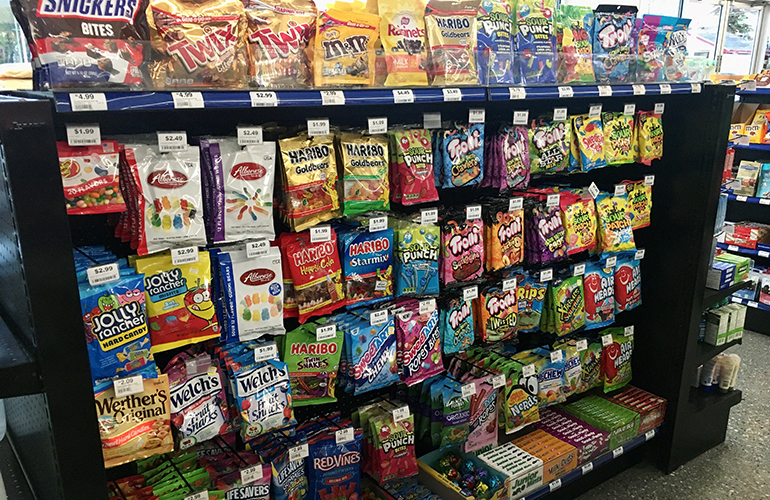Some Ideas on I Luv Candi You Should Know
Table of ContentsI Luv Candi - An OverviewI Luv Candi for BeginnersThe Single Strategy To Use For I Luv CandiI Luv Candi Fundamentals ExplainedThe Definitive Guide to I Luv Candi
We have actually prepared a great deal of organization strategies for this kind of job. Below are the common client sectors. Client Sector Description Preferences How to Find Them Children Youthful consumers aged 4-12 Vivid candies, gummy bears, lollipops Partner with local schools, host kid-friendly events Teenagers Teens aged 13-19 Sour sweets, novelty products, trendy treats Engage on social networks, work together with influencers Parents Adults with young children Organic and healthier options, sentimental candies Deal family-friendly promos, promote in parenting magazines Pupils University and college students Energy-boosting candies, budget-friendly snacks Partner with neighboring universities, advertise during exam durations Gift Shoppers People trying to find presents Premium delicious chocolates, present baskets Create attractive displays, supply adjustable gift alternatives In examining the monetary characteristics within our sweet store, we have actually found that consumers normally spend.Monitorings indicate that a regular client frequents the shop. Specific periods, such as vacations and special celebrations, see a surge in repeat gos to, whereas, throughout off-season months, the regularity might decrease. spice heaven. Computing the lifetime value of an ordinary client at the sweet store, we approximate it to be
With these variables in consideration, we can deduce that the ordinary income per consumer, over the course of a year, floats. The most lucrative consumers for a candy store are typically family members with young children.
This market tends to make frequent purchases, increasing the store's earnings. To target and attract them, the candy shop can employ vibrant and spirited marketing methods, such as vivid displays, appealing promos, and perhaps even holding kid-friendly events or workshops. Developing an inviting and family-friendly ambience within the shop can additionally boost the overall experience.
The Ultimate Guide To I Luv Candi
You can additionally approximate your very own earnings by using various assumptions with our financial prepare for a sweet-shop. Typical regular monthly earnings: $2,000 This kind of sweet-shop is usually a tiny, family-run company, probably recognized to locals yet not attracting multitudes of travelers or passersby. The store might use a choice of usual sweets and a couple of homemade treats.
The shop doesn't typically lug unusual or expensive things, focusing rather on budget-friendly treats in order to keep routine sales. Assuming an ordinary costs of $5 per consumer and around 400 customers monthly, the regular monthly income for this sweet store would certainly be roughly. Ordinary regular monthly revenue: $20,000 This sweet-shop take advantage of its strategic area in a busy city area, drawing in a a great deal of consumers searching for pleasant indulgences as they go shopping.
Along with its diverse candy selection, this shop could likewise market associated items like gift baskets, candy arrangements, and novelty things, offering several revenue streams - lolly shop sunshine coast. The store's area requires a higher spending plan for rent and staffing however brings about higher sales volume. With an approximated average investing of $10 per customer and regarding 2,000 consumers per month, this shop might create
The 10-Minute Rule for I Luv Candi
Situated in a major city and traveler destination, it's a big facility, frequently spread over numerous floors and potentially part of a nationwide or international chain. The shop supplies an enormous range of sweets, consisting of exclusive and limited-edition items, and product like top quality apparel and devices. It's not just a shop; it's a location.
These destinations assist to draw hundreds of site visitors, substantially enhancing prospective sales. The operational prices for this kind of shop are considerable due to the place, size, personnel, and features used. The high foot traffic and average costs can lead to significant revenue. Thinking a typical purchase of $20 per consumer and around 2,500 customers monthly, this front runner store might attain.
Classification Instances of Expenses Average Month-to-month Cost (Variety in $) Tips to Lower Expenses Lease and Utilities Shop rent, electricity, water, gas $1,500 - $3,500 Consider a smaller sized area, work out rent, and make use of energy-efficient lights and home appliances. Inventory Sweet, snacks, product packaging materials $2,000 - $5,000 Optimize supply monitoring to minimize waste and track prominent items to stay clear of overstocking.
Marketing and Marketing Printed products, on-line advertisements, promos $500 - $1,500 Emphasis on cost-efficient electronic marketing and utilize social media platforms completely free promo. chocolate shop sunshine coast. Insurance Company liability insurance $100 - $300 Search for affordable insurance policy prices and think about bundling plans. Tools and Upkeep Money signs up, show racks, repairs $200 - $600 Learn More Buy used devices when feasible and perform regular maintenance to expand equipment life-span
The Ultimate Guide To I Luv Candi
Debt Card Processing Costs Charges for refining card repayments $100 - $300 Negotiate reduced handling charges with settlement processors or discover flat-rate options. Miscellaneous Workplace supplies, cleansing materials $100 - $300 Buy in mass and try to find discount rates on products. A sweet-shop ends up being profitable when its overall revenue exceeds its overall set costs.

A huge, well-located candy store would clearly have a higher breakeven point than a little shop that doesn't need much earnings to cover their expenses. Curious concerning the earnings of your candy shop?
The Main Principles Of I Luv Candi

Economic recessions that decrease consumer spending can influence sweet shop sales and productivity, making it important for candy stores to manage their costs and adapt to altering market conditions to stay profitable. These risks are usually consisted of in the SWOT analysis for a sweet-shop. Gross margins and web margins are crucial indications made use of to gauge the success of a sweet-shop business.
Essentially, it's the profit remaining after deducting prices straight pertaining to the candy inventory, such as acquisition expenses from providers, manufacturing expenses (if the candies are homemade), and team incomes for those associated with manufacturing or sales. Web margin, conversely, consider all the costs the sweet-shop sustains, including indirect expenses like administrative expenses, advertising, lease, and taxes.
Sweet stores typically have an ordinary gross margin.For instance, if your candy shop earns $15,000 per month, your gross revenue would be about 60% x $15,000 = $9,000. Think about a sweet store that offered 1,000 sweet bars, with each bar priced at $2, making the overall revenue $2,000.